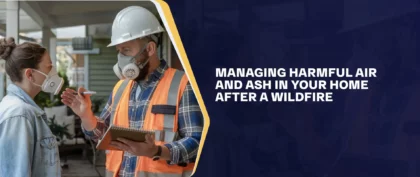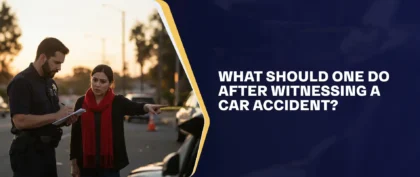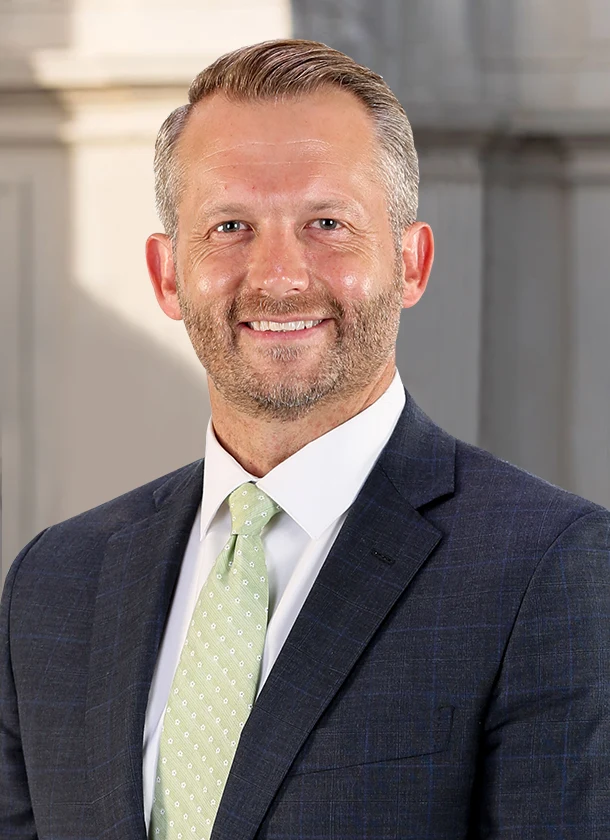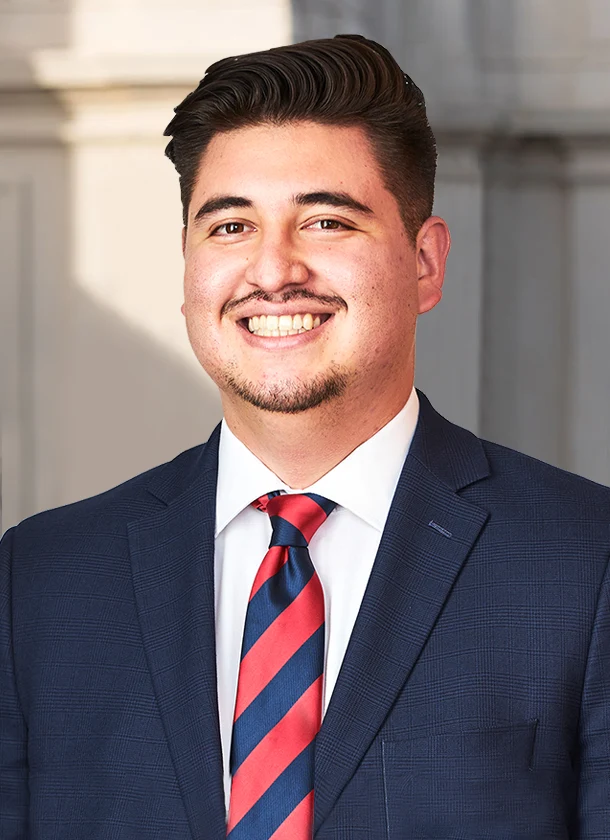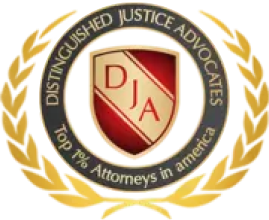Table of Contents
The 110 Freeway, commonly called the Harbor Freeway, is a prominent north-south highway in Southern California that serves as the lifeline for the expansive Los Angeles metropolitan area. It connects the bustling Port of Los Angeles to downtown Los Angeles and further into its sprawling urban landscape. Its history is deeply rooted in the development and evolution of the region’s transportation infrastructure.
In its early phases, it was nothing more than a simple roadway. Eventually, it transformed into a multi-lane, high-speed freeway that symbolizes modern urban transportation. The 110 Freeway is known for its association with iconic landmarks, such as the historic Arroyo Seco Parkway, which pioneered the development of freeways in the United States. This roadway serves as a critical link in the transportation network, catering to the daily needs of countless residents and commuters. Additionally, it is also a cornerstone of the goods movement industry. It facilitates the transport of goods to and from one of the nation’s busiest ports.
The 110 Freeway plays an integral role in the growth and transformation of Los Angeles, a continually developing city. Its history is an absorbing journey, providing a unique lens to explore the city’s evolving urban infrastructure from its early days to its present stature as a bustling metropolis. Understanding the historical context of the 110 Freeway offers a profound appreciation for Los Angeles’ dynamic history and the constant pursuit of innovative transportation solutions.
Construction Date for Los Angeles’ 110 Freeway
Construction began on March 22, 1938, under the guidance of Spencer V. Cortelyou and A.D. Griffin. They served as district chief engineer and design engineer, respectively. The development of the 110 Freeway in Los Angeles unfolded in several stages over an extended timeframe. The initial portion, renowned as the Arroyo Seco Parkway, is distinguished as one of the pioneering freeway segments in the United States, playing an essential role in the evolution of the modern freeway system. Its construction was finally completed in 1940. This historic section of the 110 Freeway was meticulously planned to create a faster and more efficient route to connect downtown Los Angeles with Pasadena.
In response to the growing population and increasing traffic demands in Los Angeles, the 110 Freeway has been continually constructed and expanded over the years. The freeway’s evolution reflects the evolving urban planning and transportation infrastructure in the area, aimed to meet the changing needs of a rapidly expanding city.
Today, the 110 Freeway remains a vital transportation artery in Southern California, connecting the harbor of Los Angeles with other parts of the city. It serves as an enduring representation of the city’s development and expansion.
The Builders Behind The Iconic 110 Freeway
The construction of the 110 Freeway, like many urban freeways in the United States, involved multiple agencies and organizations. It was a collaborative effort between federal, state, and local government entities. Here are some of the key players involved in the construction of the 110 Freeway:
- California Division of Highways– The California Division of Highways, currently part of the California Department of Transportation (Caltrans), played an integral role in overseeing and planning the 110 Freeway’s construction. They were responsible for the freeway’s construction, design, and maintenance.
- Federal Aid Highway Act– The 1956 Federal Aid Highway Act, commonly called the National Interstate and Defense Highways Act of 1956, provided federal funds for the construction of interstate highways, including the 110 Freeway. This legislation played a vital contribution in financing the freeway’s development.
- City and County of Los Angeles– Local government agencies in Los Angeles, including the city and county, were involved in coordinating and planning the freeway project as it passed through the urban areas of Los Angeles.
- Contractors and Construction Firms– Various construction companies were contracted to build the freeway. These firms were responsible for the physical construction, including earthwork, paving, bridges, and other infrastructure.
The construction of the 110 Freeway involved a complex interplay between federal, state, and local agencies and private contractors. It was part of a broader effort to develop a comprehensive freeway system in the United States during the mid-20th century.
Pasadena Freeway– America’s Oldest Freeway
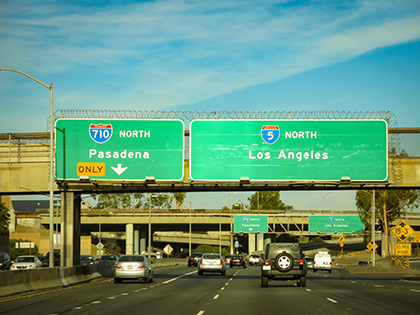
- Construction and Opening– The Arroyo Seco Parkway was constructed in the 1930s as part of the Works Progress Administration (WPA) project during the Great Depression. It was designed to connect the city of Los Angeles to Pasadena.
- Official Opening– The Arroyo Seco Parkway officially opened on December 30, 1940. It was a significant achievement at the time because it introduced the concept of a limited-access, high-speed freeway, a novel idea in the United States.
- Architectural and Engineering Significance– The parkway is known for its unique and picturesque design, with Art Deco and Streamline Moderne architectural elements. It features graceful curves, stone bridges, and tunnels, making it an aesthetically pleasing and historically significant roadway.
- Limited Access– Unlike earlier roads, the Arroyo Seco Parkway had limited access, which means it had on and off-ramps, eliminating intersections and traffic lights. This design allowed for a smoother and faster traffic flow, setting the precedent for modern freeways.
- Historical Landmark– National Historic Civil Engineering Landmark and National Scenic Byway designations were given to the Arroyo Seco Parkway in 1999 and 2002, respectively. It was also recorded on the National Register of Historic Places in 2011.
- Transformation into the Pasadena Freeway– Over time, the parkway has seen improvements and expansions. It is now part of the larger Pasadena Freeway (CA-110), which connects downtown Los Angeles to Pasadena and the San Gabriel Valley.
- Cultural and Historical Impact– Besides being an important engineering structure, the Arroyo Seco Parkway also has cultural and historical significance. It symbolizes the early development of the American freeway system and the influence of California’s automobile culture.
- Challenges and Preservation– While the parkway’s historical and architectural value is celebrated, it has faced challenges in terms of maintenance and modernization to meet the demands of contemporary traffic. Preservation efforts aim to balance its historical character with the needs of today’s commuters.
The Arroyo Seco Parkway stands as a symbol of innovation in transportation and is a must-visit landmark for those interested in American highways and architecture history.
Landmarks Along The 110 Freeway
The 110 Freeway, also known as the Pasadena Freeway, traverses the vibrant cityscape of Los Angeles and offers access to several prominent landmarks and attractions. Dodger Stadium is a celebrated destination for baseball enthusiasts, hosting the Los Angeles Dodgers. Nearby, the Heritage Square Museum showcases meticulously preserved Victorian-era structures, allowing visitors to learn about the city’s history. Los Angeles State Historic Park, colloquially called “Cornfield,” provides a green sanctuary in the heart of the city. Union Station, an architectural gem, serves as a historical transportation hub.
Further south, the historic neighborhood of Chinatown offers an array of unique shops and restaurants. Though not directly on the freeway, El Matador Beach is a short drive away and is renowned for its sea caves and scenic beauty. These landmarks, among others, contribute to the diverse cultural and recreational landscape surrounding the 110 Freeway.
Traffic And Transportation Challenges Of 110 Freeway
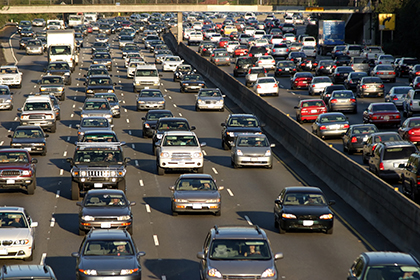
- Traffic Congestion– Traffic congestion is a constant challenge on the 110 Freeway, particularly during peak commuting hours. The freeway is a vital route for daily commuters in the Los Angeles metropolitan area, causing heavy traffic that can lead to delays.
- High Volume of Vehicles– The 110 Freeway is one of the most heavily traveled roadways in the region. It carries large volumes of traffic daily, further aggravating road congestion and wear and tear issues.
- Aging Infrastructure– The freeway’s infrastructure, including bridges and overpasses, is aging and needs regular maintenance and upgrades. Maintaining the safety and reliability of this critical transportation artery requires ongoing investment.
- Air Quality Concerns– The 110 Freeway passes through densely populated areas, contributing to air pollution and environmental concerns. Efforts to mitigate the environmental impact of vehicle emissions in the region are a priority.
- Safety Concerns– High traffic volume and the complex interchange systems on the freeway can lead to safety concerns, including accidents and congestion-related incidents. Improving safety measures is essential.
- Public Transportation Integration– Integrating public transportation, such as bus and light rail systems, with the 110 Freeway is an ongoing challenge. Coordinating transit options can effectively reduce the number of vehicles on the road.
- Infrastructure Maintenance– Routine maintenance and repair work on the freeway often necessitate lane closures, increasing congestion and inconvenience for commuters. Therefore, effective scheduling and communication with the public are essential.
- Future Expansion and Modernization– As the Los Angeles region continues to grow, there is a need for expansion and modernization of the 110 Freeway to accommodate increased traffic and improve transportation efficiency. However, securing funding and managing construction projects can be complex.
- Alternative Transportation Solutions– Encouraging alternative transportation options, such as carpooling, biking, and walking, is a crucial strategy to reduce congestion and alleviate transportation challenges.
- Technology and Traffic Management– Implementing advanced traffic management systems and technology, including real-time traffic updates and adaptive traffic signals, can help improve traffic flow and reduce congestion on the freeway.
Addressing these challenges on the 110 Freeway requires a coordinated effort among transportation agencies, city planners, and the community to find solutions that improve traffic flow, reduce environmental impact, enhance safety, and provide more efficient transportation options for residents and commuters in the region.
Preservation for Historical Value of I-110
Preservation efforts for the historical value of Interstate 110 (I-110), formerly known as the Arroyo Seco Parkway, are paramount to protect its significance and architectural heritage. This iconic freeway stands as a testament to the evolution of the American highway system. A historic landmark designation and preserving the freeway’s distinct architectural and design features are necessary to safeguard its heritage. Regular maintenance and restoration work is equally critical to upholding its historical character while maintaining safety and functionality. Educational programs should be developed to enlighten the public about I-110’s historical importance in shaping regional transportation.
Additionally, environmental stewardship should be a priority to minimize the freeway’s ecological impact. Preservation should not be limited to the freeway but extend to landmarks along its route, such as bridges, tunnels, and scenic viewpoints. Harmonizing preservation and modernization requires the collaboration of transportation authorities, historians, and the community. By protecting the historical value of I-110, future generations can appreciate its pivotal role in the development of Los Angeles and the broader American freeway system.
Escalating Hazards On Interstate 110
Over the years, several accidents and incidents on the 110 Freeway (formerly Arroyo Seco Parkway) have impacted the public. Here are some examples of notorious accidents:
- 2009 Metrolink Collision– One of the most infamous incidents in recent memory is the collision between a Metrolink train and a Union Pacific freight train near the 110 Freeway in September 2008. The collision was one of the deadliest train accidents in California’s history, resulting in multiple fatalities and injuries. The incident sparked concerns about rail safety and led to increased scrutiny and changes in railway operations.
- Traffic Accidents and Congestion– The 110 Freeway has a history of traffic accidents, often caused by the high volume of vehicles, congestion, and the complexity of its interchanges. Notable accidents have led to extended freeway closures and extensive traffic congestion, impacting daily commuters and emergency responders.
- Protest and Demonstration Impact– Like many major urban freeways, the 110 has been the site of various protests and demonstrations. These events have occasionally led to freeway shutdowns and traffic disruptions, impacting commuters and creating public debate about the balance between free expression and transportation.
These accidents and incidents have impacted the public regarding safety concerns, traffic delays, and discussions surrounding transportation infrastructure and emergency response.
Highway Accident Causes– Speeding, Road Conditions, Driver Behavior
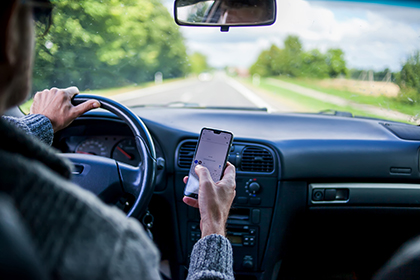
The following are some common causes of highway accidents, including the 110 Freeway:
- Speeding– Overspeeding is a leading cause of accidents. When drivers go beyond the speed limits or drive too fast for the current road conditions, their ability to react quickly is compromised, making it challenging to stop or safely navigate in emergencies.
- Distracted Driving– Using smartphones, texting, or other distractions while driving diverts attention from the road. Consequently, there is a significantly increased risk of accidents since the driver may not anticipate changes in traffic conditions or obstacles. More about distracted driving accidents.
- Impaired Driving– Driving while intoxicated with alcohol or drugs reduces a driver’s judgment, coordination, and reaction time. It’s a significant contributor to highway accidents, leading to devastating consequences.
- Aggressive Driving– Aggressive behaviors like tailgating, road rage, and reckless maneuvers can lead to accidents. Aggressive drivers often engage in risky behaviors that endanger themselves and others.
- Fatigue– Drowsy driving is a severe hazard. Like impaired drivers, fatigued drivers may have reduced attention and delayed reaction times. Long stretches of highways can be particularly prone to fatigue-related accidents.
- Poor Road Conditions– Weather-related factors, like rain, fog, snow, or ice, can reduce traction and visibility, making accidents more likely. Additionally, poorly maintained roads with potholes or debris pose hazards.
- Vehicle Defects– Mechanical failures, such as brake or tire blowouts, can lead to accidents. Regular vehicle maintenance is essential to prevent these incidents.
- Reckless Lane Changes– Failure to signal or check blind spots before making lane changes can result in collisions, especially on multi-lane highways such as the 110 Freeway.
- Tailgating– Driving too closely behind another vehicle reduces reaction time and raises the risk of rear-end collisions.
- Driver Inexperience– Inexperienced drivers do not have the skills to handle high-speed traffic, complex interchanges, and other challenges common on highways.
- Sudden Stops– Unexpected stops or slow-moving traffic can lead to rear-end collisions when drivers do not have sufficient time to react.
Preventing highway accidents involves driver education, law enforcement, road maintenance, and technology, such as traffic management systems and vehicle safety features. The best way to improve highway safety is to promote responsible driving habits and raise awareness about common accident causes.
Contact Our Distinguished Trial Attorneys At Arash Law, Led By Arash Khorsandi, Esq., Today!
Our esteemed California injury firm comprises award-winning attorneys who exclusively assist victims with severe injuries in accidents involving cars, trucks, motorcycles, bicycles, pedestrians, and catastrophic workplace incidents. Led by Arash Khorsandi, Arash Law’s team has secured over $750 Million in trial verdicts and settlements, boasting a remarkable 98% success rate.
If you have inquiries or require a complimentary case evaluation, don’t hesitate to contact our car accident lawyers at (888) 488-1391 to discuss your legal situation confidentially. Within five minutes, we’ll determine if we can assist you. If not, we’ll gladly refer you to a reputable partner who can.



